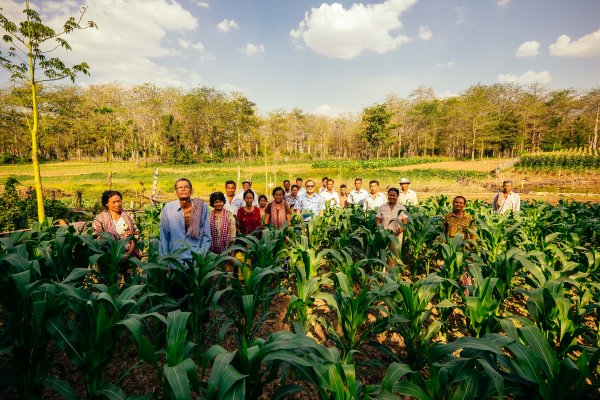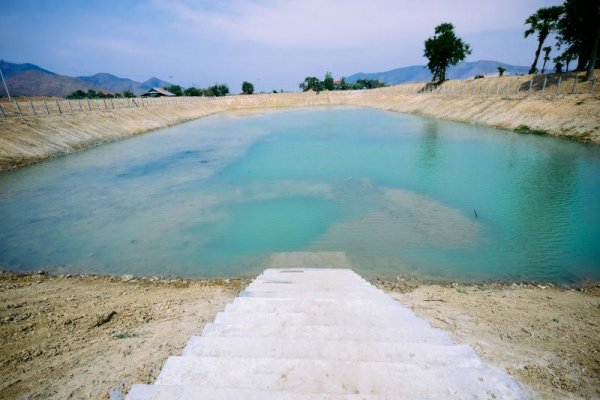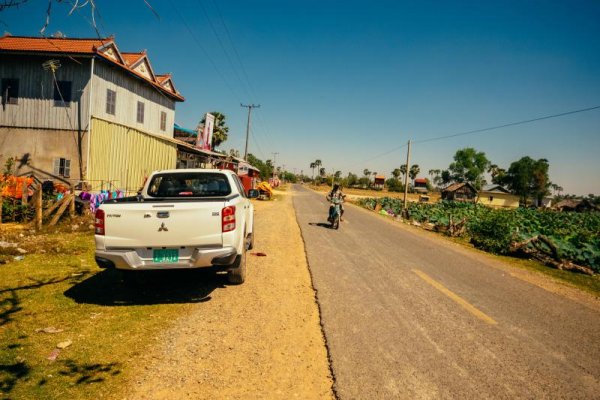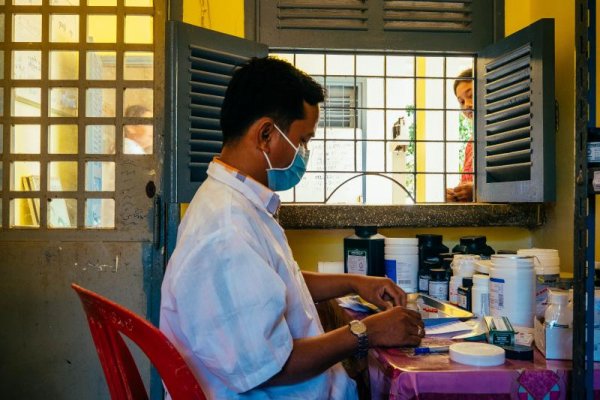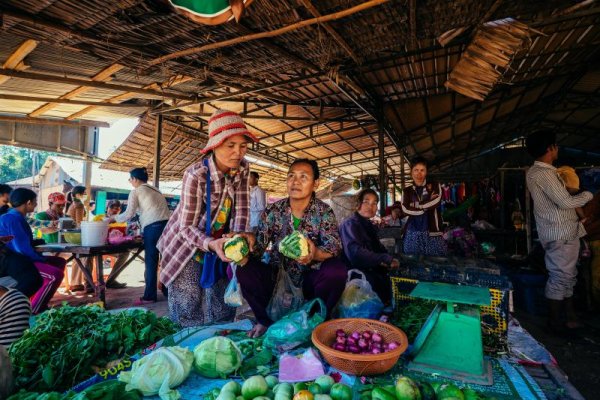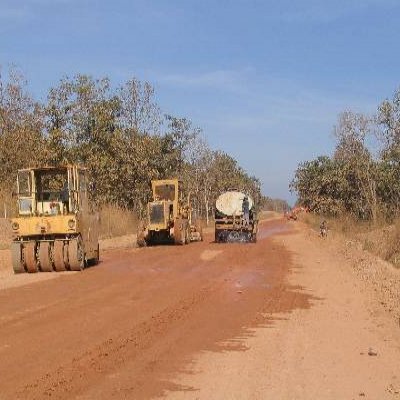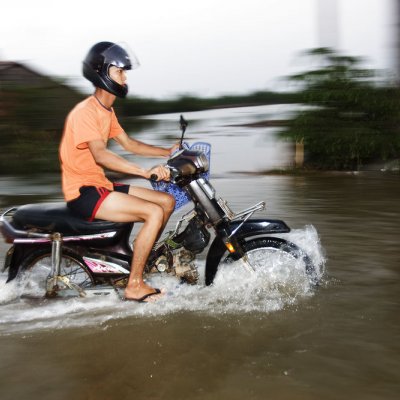Life Saving Roads and Reservoirs
In the Cambodian countryside, NDF- and ADB-funded paved roads and water reservoirs carry a multitude of benefits for communities.
A series of rural roads and water reservoirs built across Cambodia have brought new strength to communities struggling to fight extreme weather conditions caused by climate change. With these roads and reservoirs, individuals have greater access to essentials like education, medicine and healthcare, an increase in community wellbeing and economic livelihood, and higher yields during harvests. In a part of the world affected by climate change on multiple fronts, these small developments leave a significant impact on the communities they serve.
For the last few years, the Nordic Development Fund (NDF) and the Asian Development Bank (ADB) have helped develop over 500km of newly paved roads throughout the Cambodian countryside as well as a multitude of rainwater reservoirs. Ranked as one of the countries most affected by climate change, Cambodia’s predominantly agrarian communities suffer along two fronts—a prolonging dry season and a shorter, more torrential monsoon season. The roads and reservoirs developed with this project have helped ease the strain on these communities, and given them the ability to build a more sustainable and healthy livelihood.
Dirty Oxcart Trails
Most rural roads are often little more than dusty oxcart trails. As vehicles drive across these roads during the dry season, chalky red dust cakes clothing and homes and lungs. Residents of these communities often suffered from breathing problems and having to hide indoors to avoid the pluming dirt. During the rainy season, weather conditions render these trails into virtually impassable avenues of thick mud.
One of the most tangible results of the newly paved roads has been the increase in health and wellbeing, in particular safety for pregnant women. In the village of Tobnob Leu, community chief Seng Sa Rin explained that transporting women to the nearest hospital, some 18km away, was nearly impossible prior to the newly paved roads.
“Before the condition of the roads was very poor so we cannot use the car. So, some people … to bring them to the hospital we had to carry them by hand. They used a hammock with bamboo and they put the women in the hammock … They would take about three hours.” Now, that journey can be completed in 30 minutes.
Dr. Nop Sea Phea, who has worked in a clinic in the same village for the last 27 years, claimed that the greatest improvement has been the increase in the number of individuals seeking help. “We can get more medicine faster,” she explained. “Because they feel it is easier to come here, and better, we have more people coming looking for help. For serious sicknesses… they come first to here and it is easier to get the ambulance and we can get them out quick. Because of the paved roads, more people come to get service here.”
Schools and businesses have also seen a drastic improvement in daily operations. Children are now able to travel to school unencumbered by mud and dust on wider, safer roads for travel. This has resulted in higher annual attendance. Similarly, small businesses and local markets are accessible year-round, meaning supply chains and transportation of daily goods can be kept moving through communities which would suffer an ironic drought during the mud-laden roads of the rainy season.
Life-saving Water
Along with the newly paved roads, this project helps develop a number of rainwater reservoirs to mitigate the shorter monsoon season. These reservoirs, some up to 12,000m3 (roughly 80,000 barrels), help provide daily water for cooking, cleaning, and farming.
On the island of Kaoh Samroang, which is slated to receive one of these reservoirs, rapid changes in annual rainfall have already taken a visible toll on the community. Hampered by a lack of sufficient water storage to combat the changing monsoon season, annual farm production yields have dropped significantly. This has resulted in a decrease in annual income, forcing families to seek a livelihood elsewhere. In this small village of a little over 6,500 individuals, more than 1,000 have already left.
One community leader stated that, “This has affected the livelihood of our people. We are concerned about people leaving the island. The last couple of years the area has not flooded, because of climate change. When a small flooding season comes, it’s bad for the island; it doesn’t provide enough for a successful harvest.”
The lower water levels have meant that farmers can only harvest once a year. On this island in particular, the development of a reservoir would not only allow them to harvest more often throughout the year, but also plant and harvest better crops. Currently, over 80 percent of farms on the island plant tobacco, which is an unstable and expensive crop. The longer farming periods would allow the community to plant more sustainable alternatives.
In the village of Krang Seirei, the reservoir (which also serves three other villages) has also had an impact on the daily lives of women and children in these communities; they no longer have to work during the day to collect water from other sources. The children are free to attend schools and the women are also free to pursue additional work to supplement their household income, or to more effectively maintain their households.
In developing countries like Cambodia, the real effects of climate change are often seen in small daily changes that build into long lasting consequences. For these communities, the rapid changes in annual rainfall have threatened the source of their livelihood. The development of the roads and reservoirs have brought essential needs back into the lives of these communities— the ability to access healthcare, the opportunity to feed one’s family, and the chance to grow through business and education.
As one community member said, “It really is a lot of small things. But realistically it’s an everyday headache. It really troubles.”

